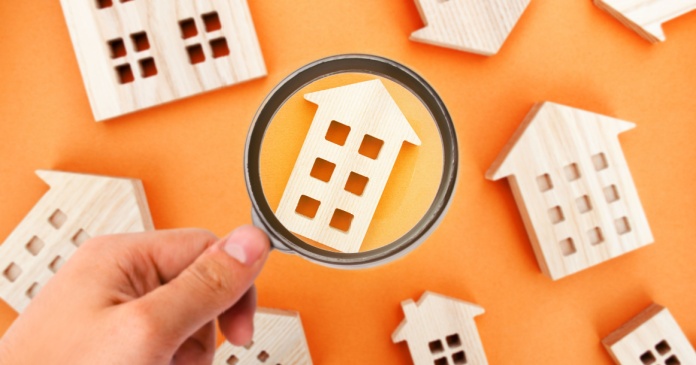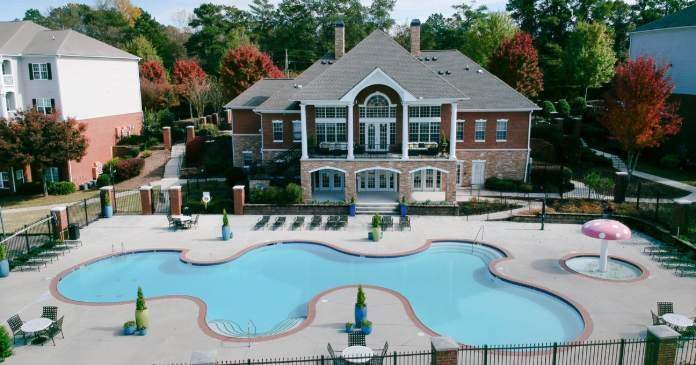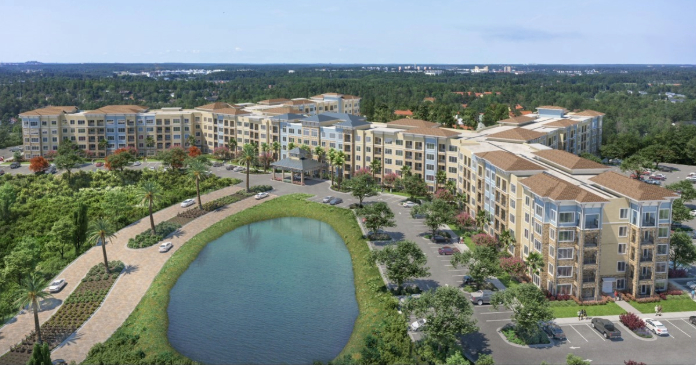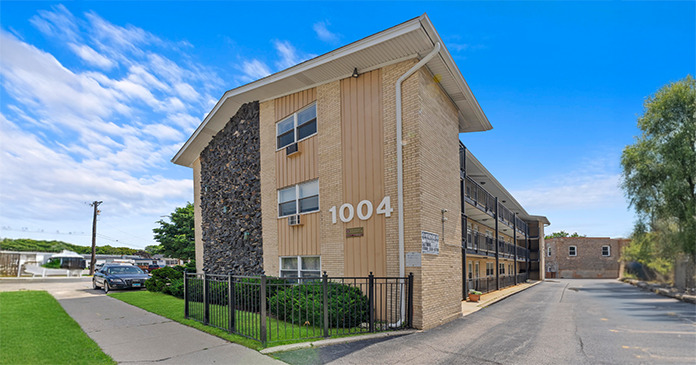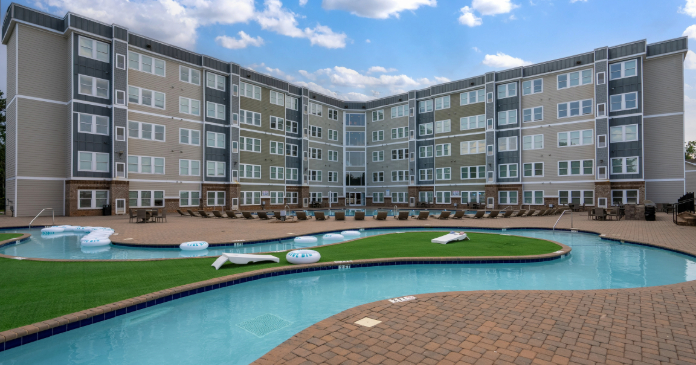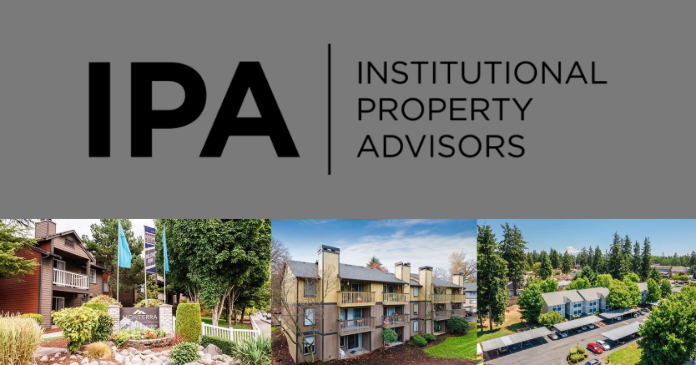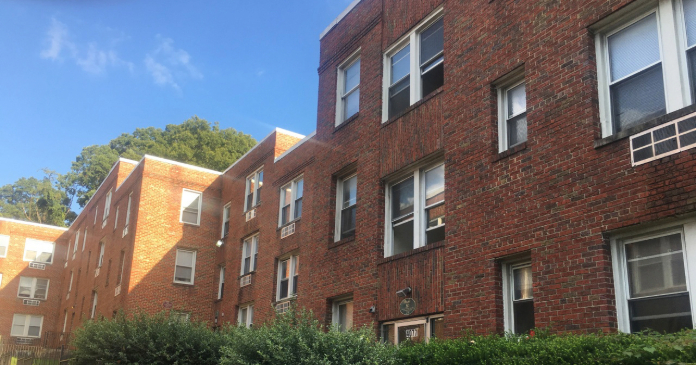As the country continues to rebound from the impact of the COVID-19 pandemic, housing has been a bright spot in the economic recovery. And while the home building industry is poised for another solid year in 2021, regulatory and supply-side challenges could harm housing affordability, slowing momentum and limiting growth, according to economists speaking at an online press conference in conjunction with IBSx, the 2021 virtual International Builders’ Show.
“Housing affordability will continue to be a top concern this year,” said NAHB Chief Economist Robert Dietz. “On the demand side of the housing market, limited inventories of single-family homes generated strong price gains in 2020. While supply-side pressures, such as resurgent lumber prices, a shortage of buildable lots, inconsistent access to building materials and a regional skilled labor deficit foreshadow higher costs and longer build times this year. A changing regulatory landscape threatens to further erode housing affordability and make the tight inventory environment worse.”
Housing is one of the few sectors experiencing year-over-year job gains, as the industry has hired more workers in the wake of the pandemic, but it still has not been enough to meet the increasing demand for housing. Historically low interest rates are one factor driving this demand, but a geographic shift in where people are choosing to live is also affecting the housing industry, as lower-density areas become more popular.
As the nation ramps up deployment of COVID-19 vaccines this year, this will be good news for the overall economy and strengthen housing demand but also place upward pressure on interest rates, which will price additional households out of the 2021 market.
As for the biggest short-term challenge facing builders, Dietz said “it is undoubtedly lumber prices. Pricing is now near the peak of mid-September and easily adding at least $16,000 to the cost of building a typical new single-family home.”
A milestone for single-family starts
Single-family starts posted a 2020 total of just under 1 million, 11 percent over the 2019 level. The NAHB forecast is for ongoing gains for single-family construction in 2021, though at a slower growth rate than in 2020. Production is expected to rise an additional 5 percent to 1.03 million this year—marking the first year that total annual single-family production has exceeded 1 million since the Great Recession.
The multifamily construction market will experience weakness as rent growth slows and vacancy rates rise. However, the development market should stabilize by 2022. Multifamily starts are expected to fall 11 percent in 2020 to 349,000 units and post a 5 percent gain this year to 365,000 units.
Remodeling will remain strong as people continue to upgrade existing homes for more purposes, such as home offices, home gyms and in-law units. Residential remodeling is expected to register a 4 percent gain this year over 2020.
Supply and demand
Looking at the supply and demand factors affecting housing, David Berson, senior vice president and chief economist at Nationwide Mutual Insurance Company, said that millennials are key to household growth and housing demand.
“The demographics look good, particularly for the 25-to-40 age group,” said Berson.
The problem is a dearth of new and existing homes for sale. “The number of existing homes for sale has never been lower,” said Berson. “Why? The pandemic.”
The existing inventory currently stands at a record-low 1.9-months’ supply. Historically, six months of supply is associated with a balanced market.
For new homes, inventory is currently at a low 4.3-months’ supply, with 302,000 new single-family homes for sale, 18.9 percent lower than December 2019.
With the inventory of total homes for sale at record lows, solid demand coupled with lack of inventory is producing strong price gains that could approach 10 percent this year.
Two regions stand out
Delving beneath the national numbers, the South and West are regions that will lead new-home growth in the year ahead, according to Frank Nothaft, senior vice president and chief economist at CoreLogic. “Homes being built are following population flows,” he said, noting that metros with affordable homes, high employment and outdoor amenities have had the highest growth in new-home sales over the last year.
New-home demand is greatest in Texas and Florida, which accounted for more than half the nation’s population growth last year. Arizona and North Carolina also posted large population gains.
From Oct. 2019 to Sept. 2020, the South posted the largest number of new home sales in the nation, led by Dallas, Houston, Atlanta, Phoenix and Austin, Texas.
“Dallas-Fort Worth had more new home closings in the last year than the entire state of California for single-family homes,” said Nothaft.
Growing home equity also bodes well for the remodeling sector, as Nothaft said that remodeling expenditures are expected to rise 3.7 percent this year to $352 billion.
A shift to single-family rental
All the economists agreed that tenants are shifting their preference from multifamily rental to single-family rental.
“Single-family rents are up 3.5 percent over the last year, while rents on multifamily rental apartments are down 3 percent,” said Nothaft.
“There are a lot of people who prefer to live in a single-family home rather than an apartment,” said Berson. “With the pandemic, that only accentuates that demand.”
“My expectation is that the single-family built-for-rent construction market share, which is currently around 4.5 percent, will likely grow to 5-6 percent over the next two to three years,” said Dietz.





